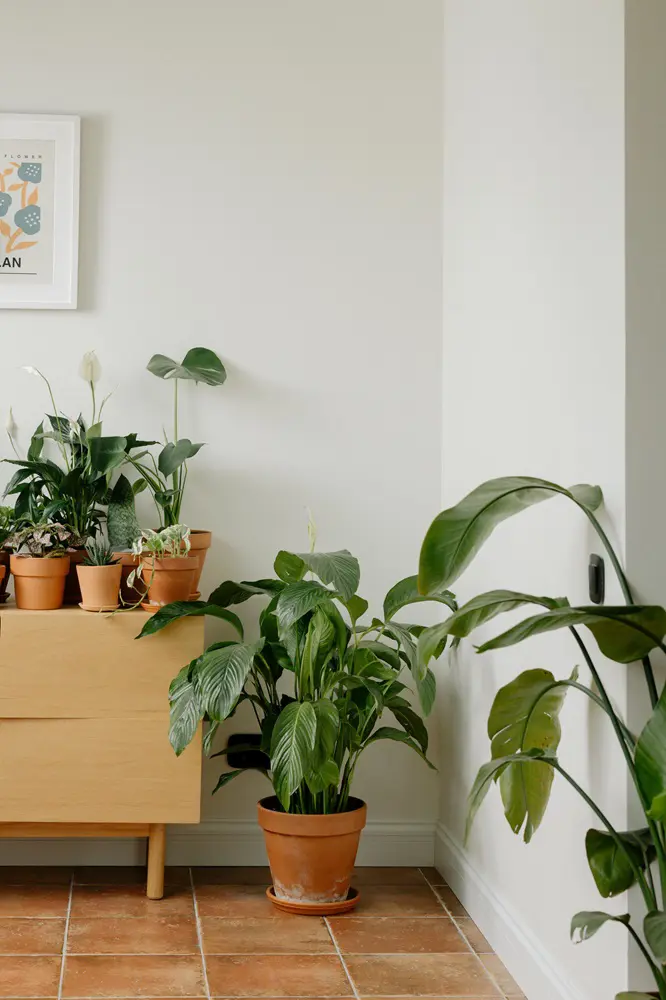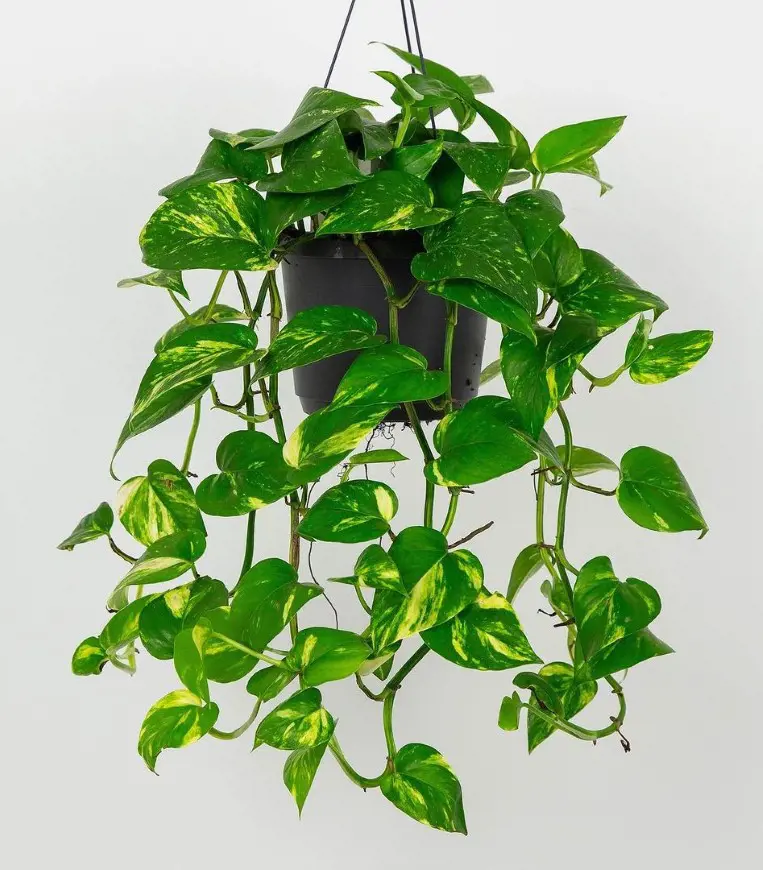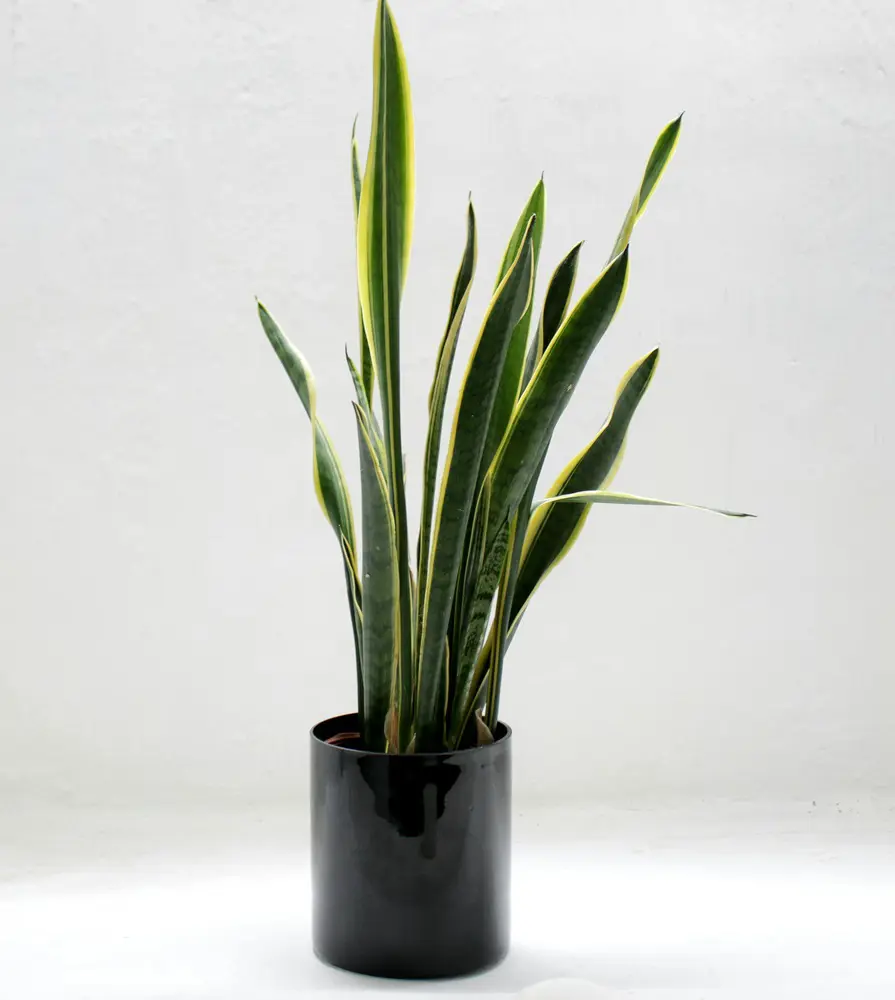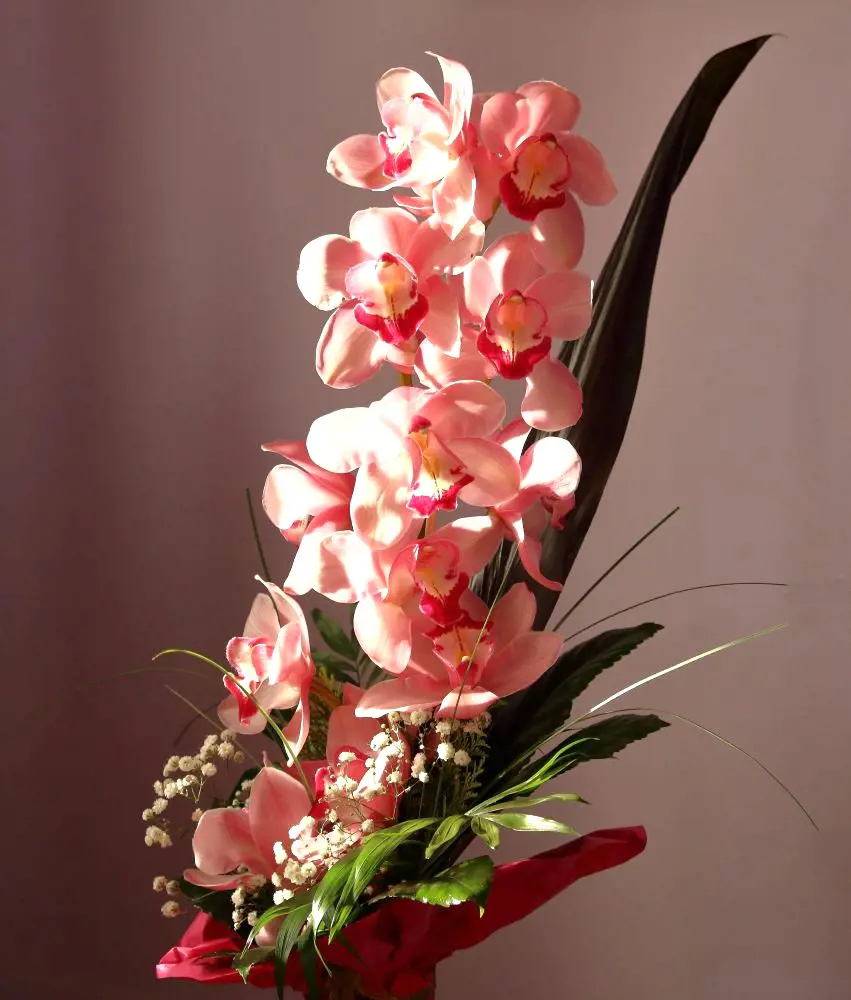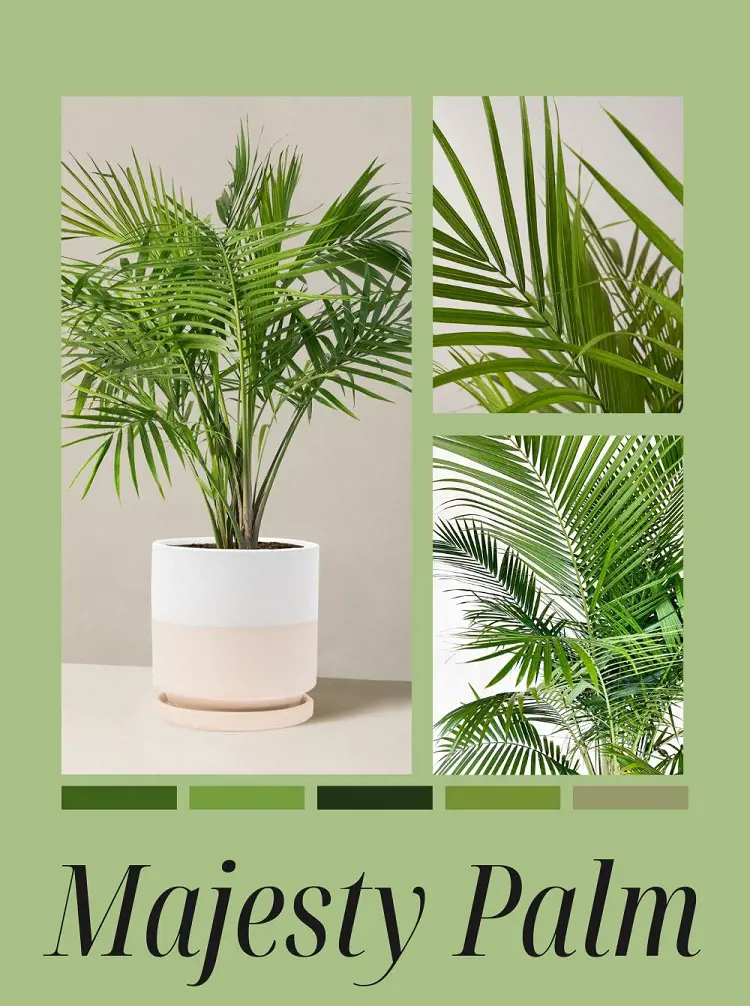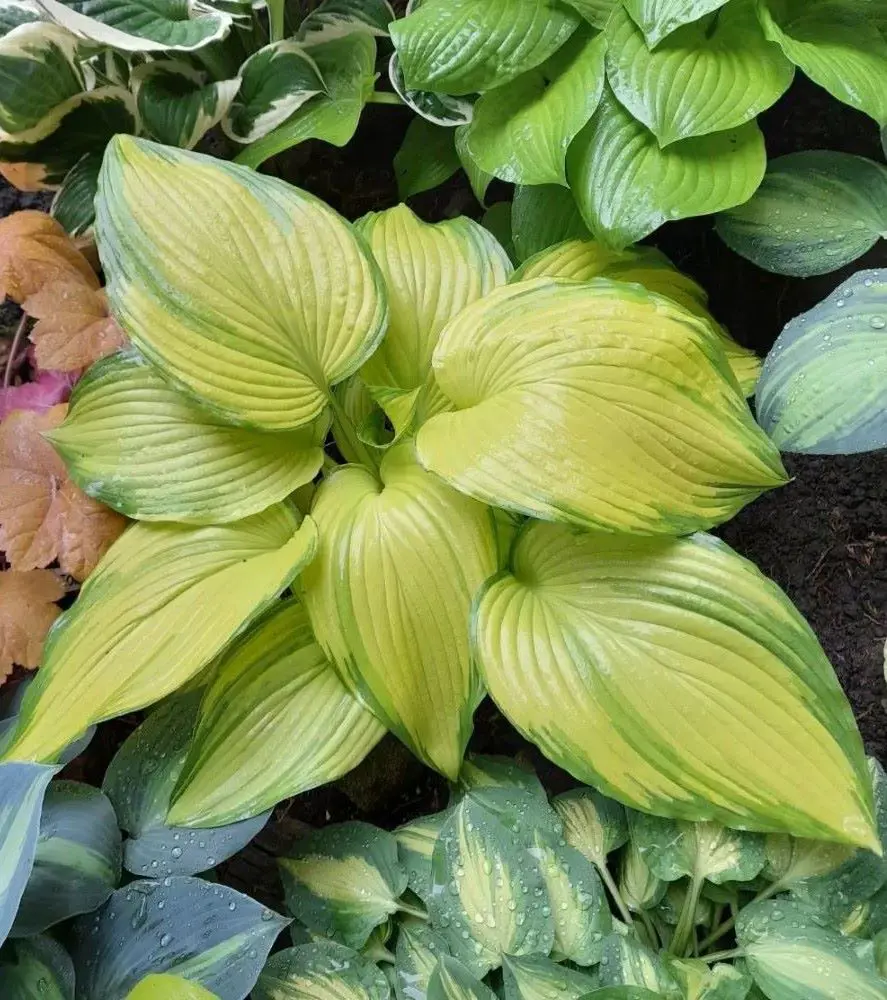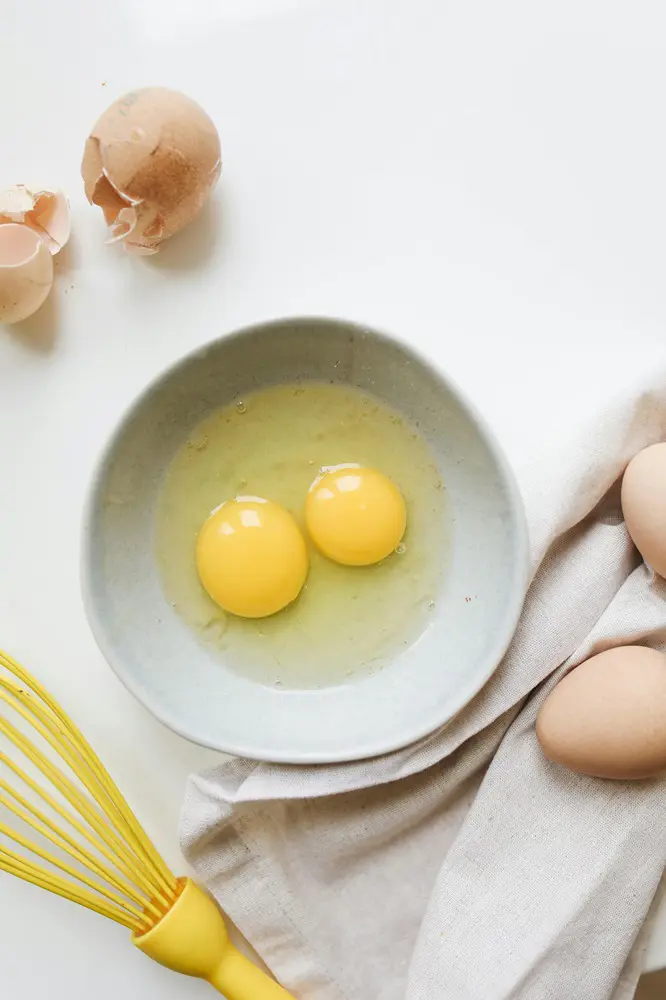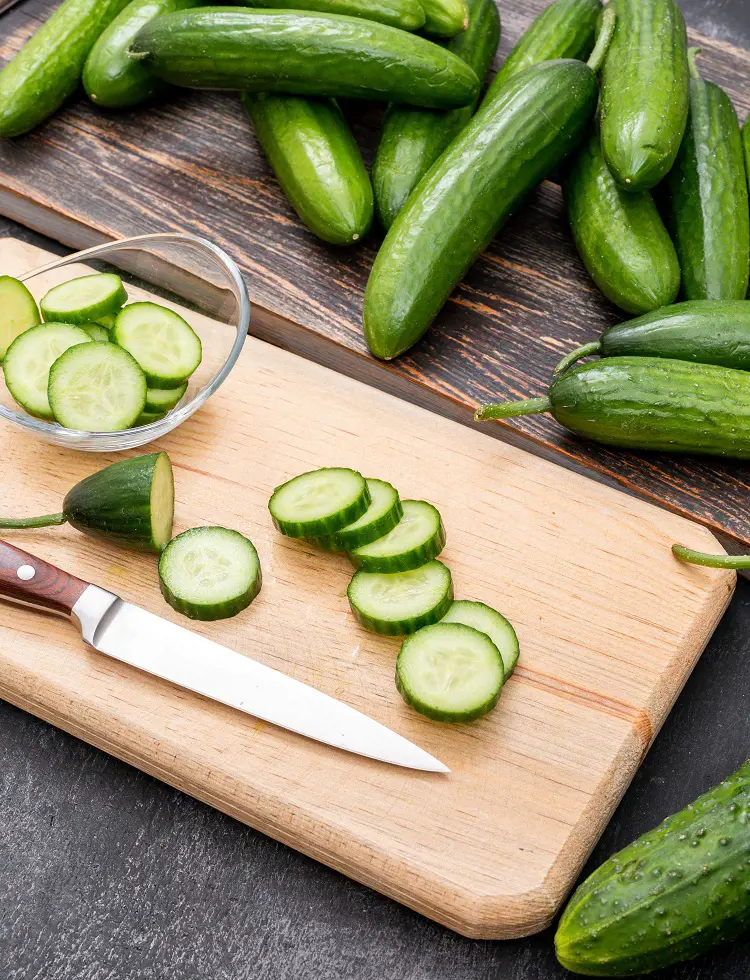Aglaonema Plant Care and Growing Guide
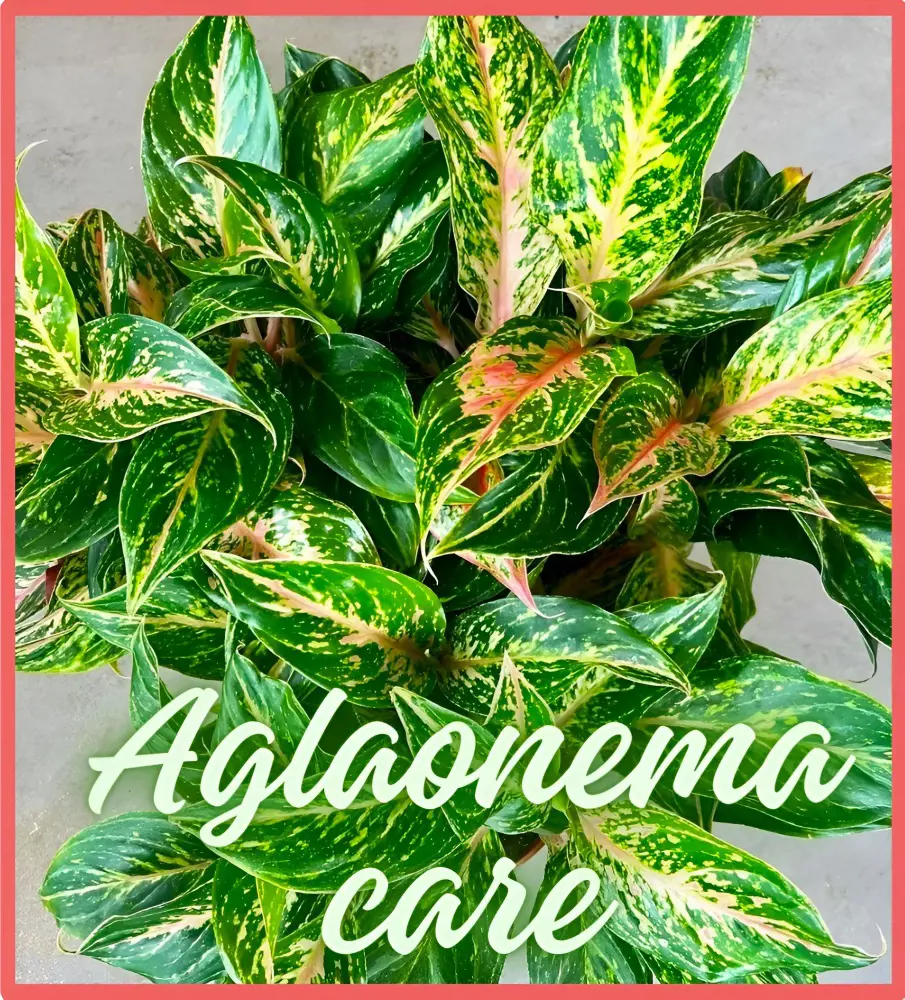
This post may contain affiliate links. If you make a purchase through links on our site, we may earn a commission.
Aglaonema care includes adequate lighting, appropriate watering, a suitable temperature, and occasional fertilization. These care tips are highly effective in ensuring the health and vitality of Aglaonema plants.
With attention to these key care elements, your Aglaonema can thrive and beautify your indoor space for years to come.
Aglaonema Plant
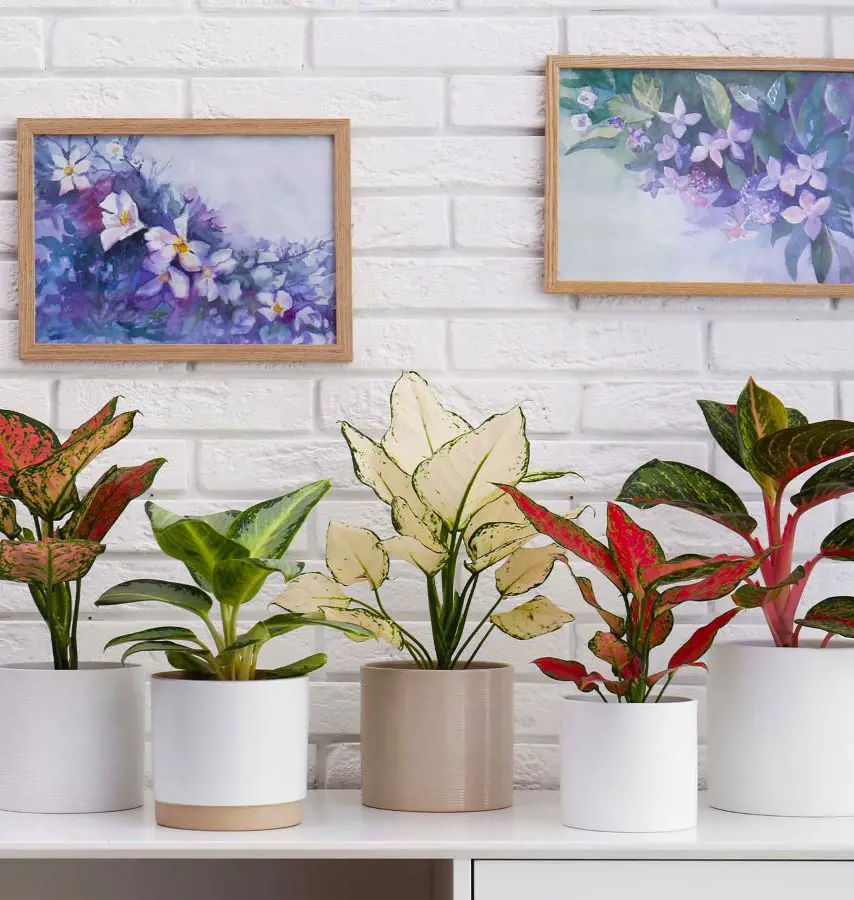
Aglaonema, commonly known as Chinese evergreen, is a popular houseplant prized for its attractive foliage and easy care requirements. It belongs to the Araceae family and is native to tropical and subtropical regions of Asia, particularly in areas like Thailand, Indonesia, Malaysia, and the Philippines.
This plant typically features broad, glossy leaves that come in various shades of green, often with unique patterns of variegation or splashes of silver, white, or pink. The leaves can be lance-shaped or oval, depending on the variety.
Aglaonema is considered mildly toxic to pets and humans if ingested, so it's best to keep it out of the reach of curious pets and children.
Overall, Aglaonema is a versatile and low-maintenance plant that adds beauty and greenery to indoor spaces while requiring minimal care.
Benefits of Growing Aglaonema
- Air purification: Aglaonema helps remove harmful toxins from the air, improving indoor air quality.
- Low maintenance: These plants are known for being tolerant of neglect and forgiving of minor mistakes.
- Adaptable: They can thrive in a variety of light conditions, making them suitable for different areas of your home.
- Aesthetic appeal: The vibrant foliage adds beauty and character to any room.
- Stress reduction: Studies have shown that caring for plants can reduce stress and promote relaxation.
Care for Aglaonema
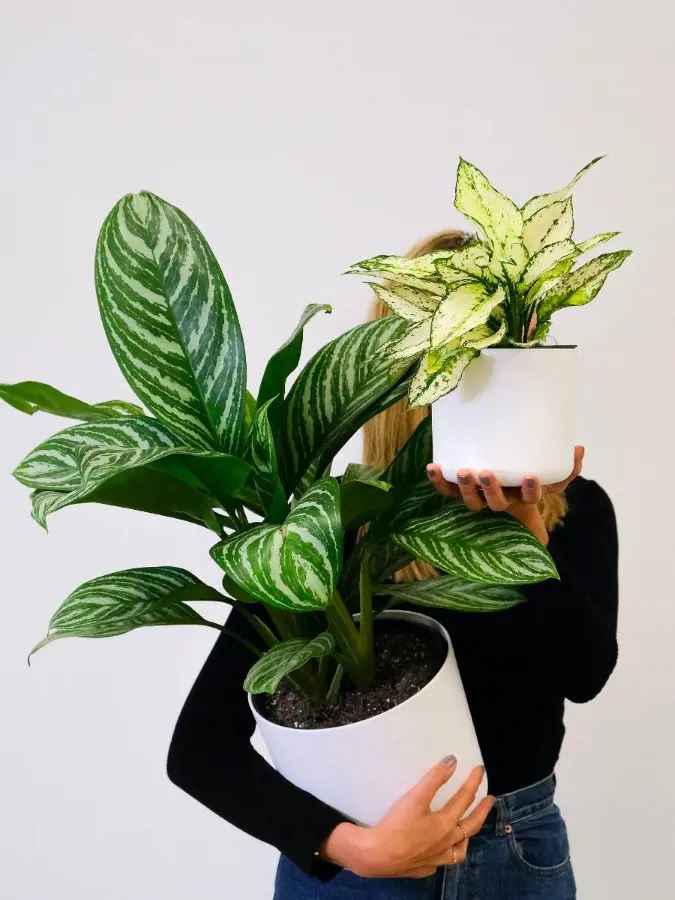
Aglaonemas are popular houseplants prized for their beautiful variegated foliage and ease of care. To keep your aglaonema thriving, here's a detailed breakdown of its basic care requirements:
Lighting

Aglaonema prefers bright, indirect light. They can tolerate low-light conditions, but growth will be slower and the variegation may fade. Avoid direct sunlight, which can scorch the leaves.
- Signs of too much light: brown, crispy leaves. The edges of the leaves may also curl inward.
- Signs of too little light: stretched stems, pale leaves, loss of variegation. The plant may become leggy and reach for the light source.
Tips:
- Rotate your plant regularly to ensure even growth.
- If you don't have enough natural light, consider using grow lights.
- Choose a location away from windows with direct sunlight.
Watering
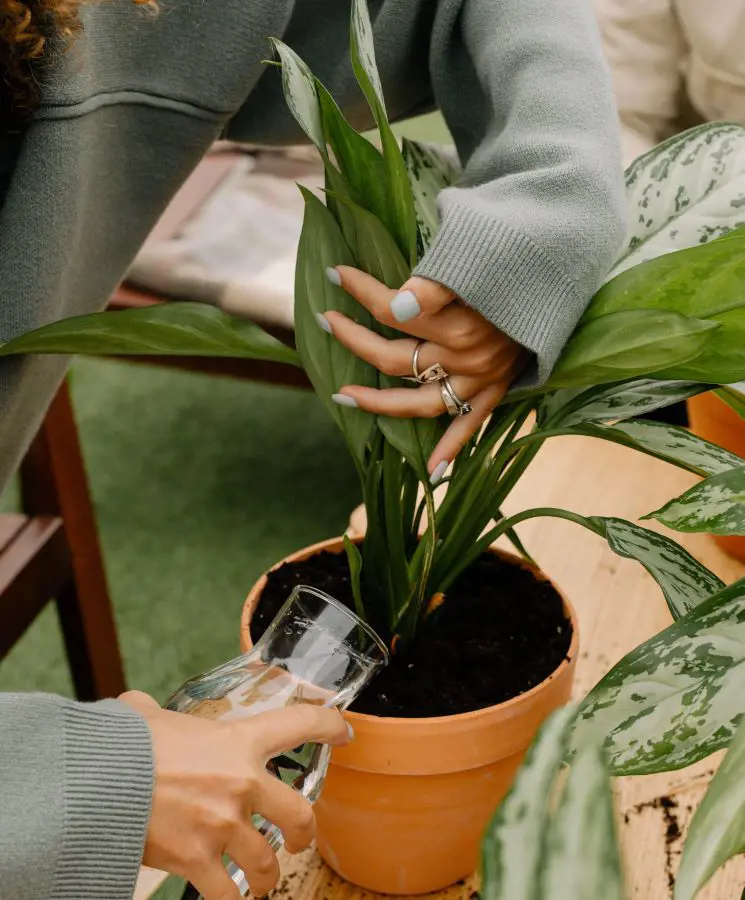
Water deeply when the top inch of soil feels dry. Overwatering is a major cause of problems for Aglaonemas, so it's better to err on the side of underwatering.
- Signs of overwatering: yellowing leaves, drooping stems, mushy soil. Root rot can develop in severe cases.
- Signs of underwatering: wilting leaves and dry, crispy soil. The leaves may also curl downward.
Tips:
- Use a well-draining potting mix to prevent waterlogging.
- Water until the water runs out of the drainage holes, and discard any excess water that collects in the saucer.
- Allow the soil to dry slightly between waterings.
- Adjust your watering frequency depending on the season, light conditions, and pot size.
Soil
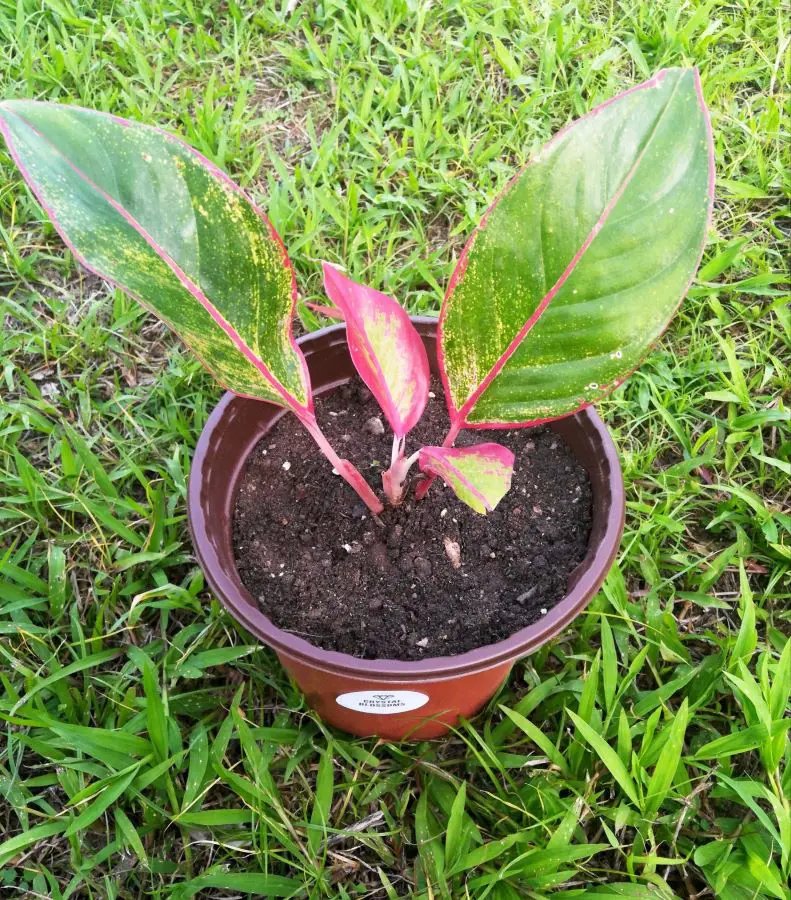
Chinese evergreen plant need a well-draining, loose potting mix specifically for indoor plants. Avoid dense, heavy soils that retain too much water. A mixture of potting mix, perlite, and orchid bark is a good option. Ensure good drainage with drainage holes in the pot.
Tips
- Choose a pot with drainage holes to prevent waterlogging.
Fertilizer
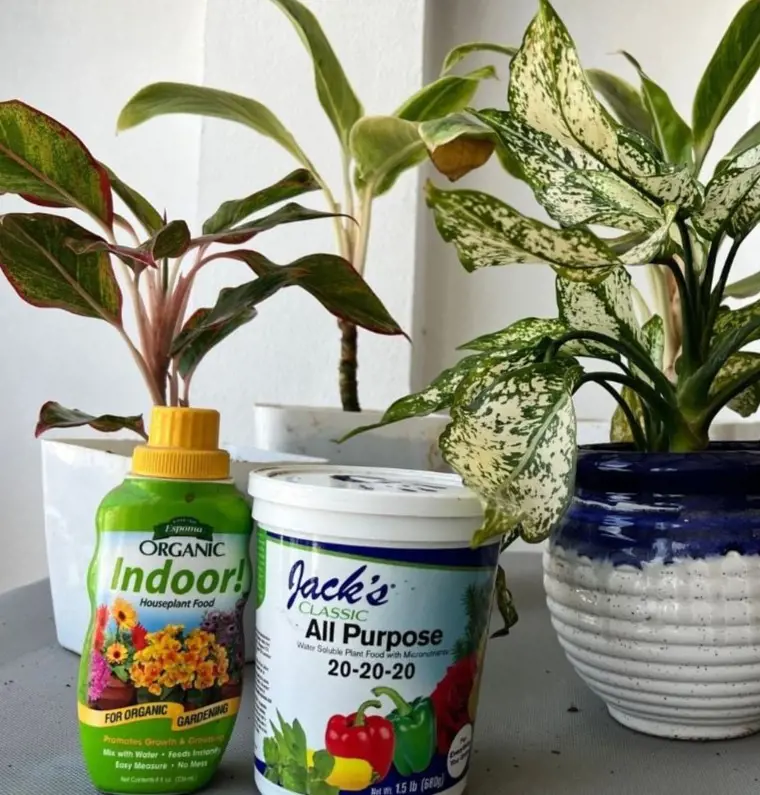
Fertilize during the growing season (spring and summer) with a balanced liquid fertilizer diluted to half strength every 2-4 weeks. Stop fertilizing in winter.
Tips
- Use a fertilizer formulated for indoor plants.
- Avoid overfertilizing, which can damage the roots.
- Flush the soil with water occasionally to remove fertilizer buildup.
Temperature and Humidity

They prefer warm temperatures between 65 and 80°F (18 and 27°C), so avoid drafts and sudden temperature changes. In terms of humidity, they prefer moderate to high humidity (50–70%). Grouping plants, using a pebble tray, or misting occasionally can increase humidity.
- Signs of low humidity: brown leaf edges, dry and crispy leaves.
Tips:
- Use a humidifier, if necessary.
- Place your plant near a bathroom or kitchen where the humidity is naturally higher.
- Keep your plant away from drafty windows and doors.
- Avoid placing it near air conditioners or heaters.
- If you live in a climate with extreme temperatures, you may need to adjust your care accordingly.
Pests and Diseases
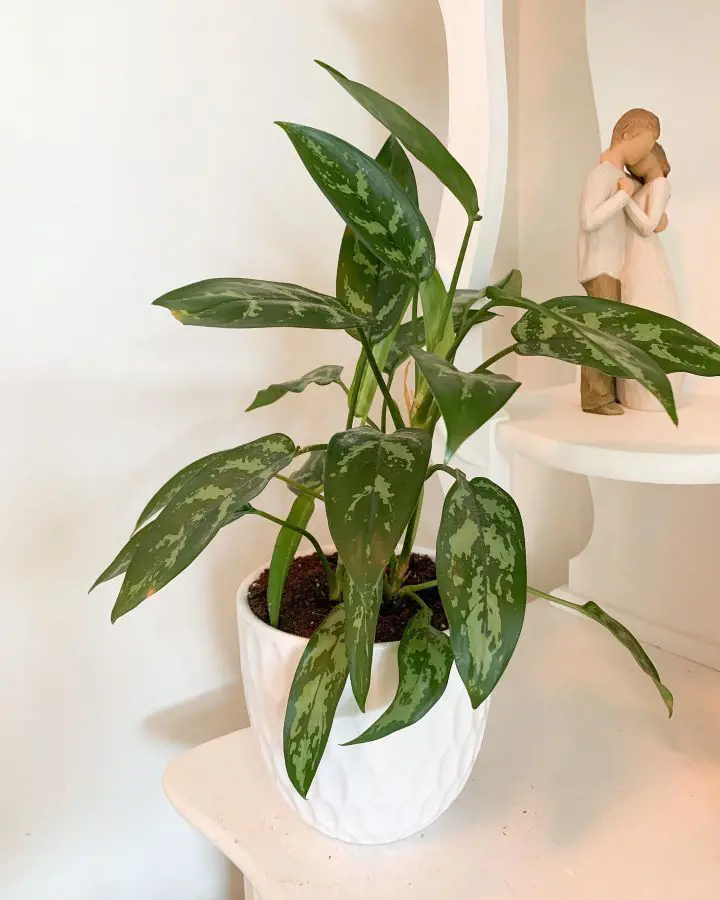
Keep an eye out for common pests such as spider mites, mealybugs, and aphids. Treat infestations promptly with insecticidal soap or neem oil. Avoid overwatering to prevent root rot. Ensure proper drainage, and don't let the plant sit in water for prolonged periods.
Potting or Repotting
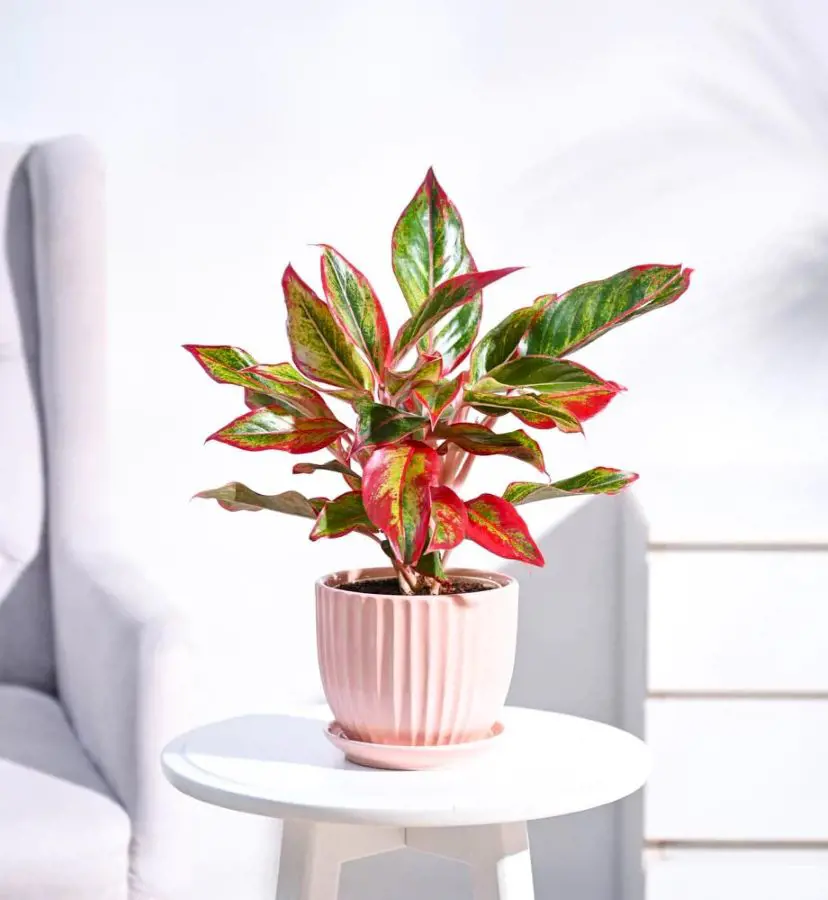
When potting or repotting, choose a container with drainage holes and a well-draining potting mix. Gently remove the plant from its current pot, being careful not to damage the roots. If the roots are tightly packed, loosen them slightly to encourage healthy growth. Place the plant in the new pot, ensuring that the top of the root ball sits just below the rim.
Tips
- Use fresh potting mix when repotting.
- Don't repot too frequently, as this can stress the plant.
- Repot every 1–2 years in a pot slightly larger than the root ball
How to Prune Aglaonema?
Aglaonema plants generally don't require regular pruning, but it can be beneficial in certain situations. Here's a guide to help you decide when and how to prune your aglaonema, one of the best bedroom plants for oxygen and air purification.
Reasons to Prune
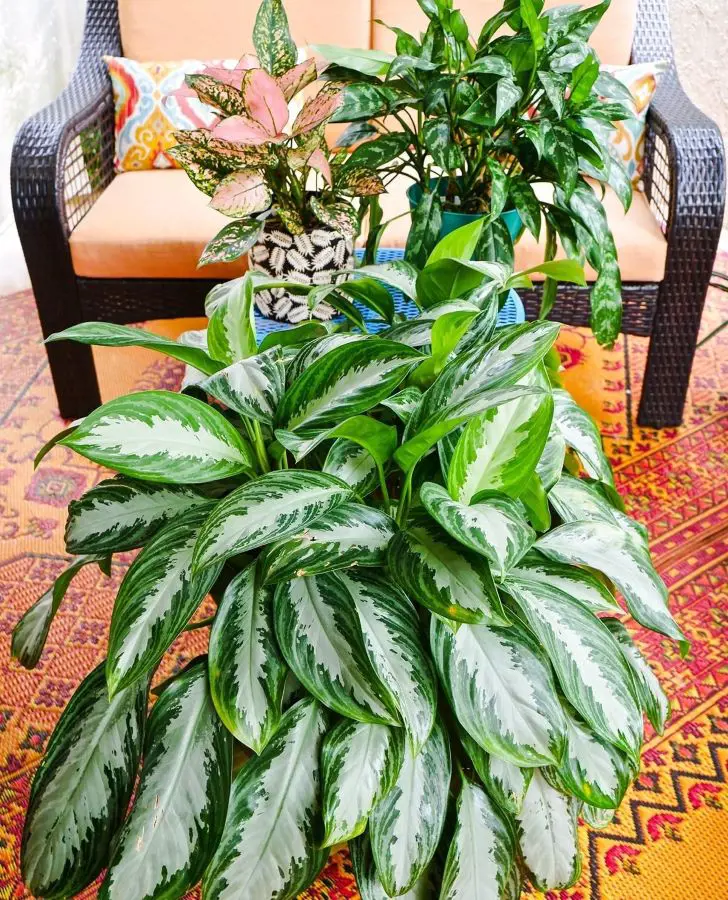
- Encourage Bushier Growth: Pruning can stimulate new growth, making your plant fuller and bushier.
- Remove Dead or Damaged Foliage: Brown, yellowing, or diseased leaves can detract from the plant's appearance. Pruning these leaves allows the plant to focus its energy on healthy growth.
- Control Size and Shape: If your aglaonema is getting too large or leggy, pruning can help you maintain its desired size and shape.
- Propagate: Stem cuttings obtained from pruning can be used to propagate new Aglaonema plants.
When to Prune
- Any time of year: Pruning can be done throughout the year, but it's best to avoid it during periods of stress for the plant, such as extreme temperatures or repotting.
- Spring or summer: These are the active growing seasons, so pruning then can encourage new growth and faster recovery.
How to Prune
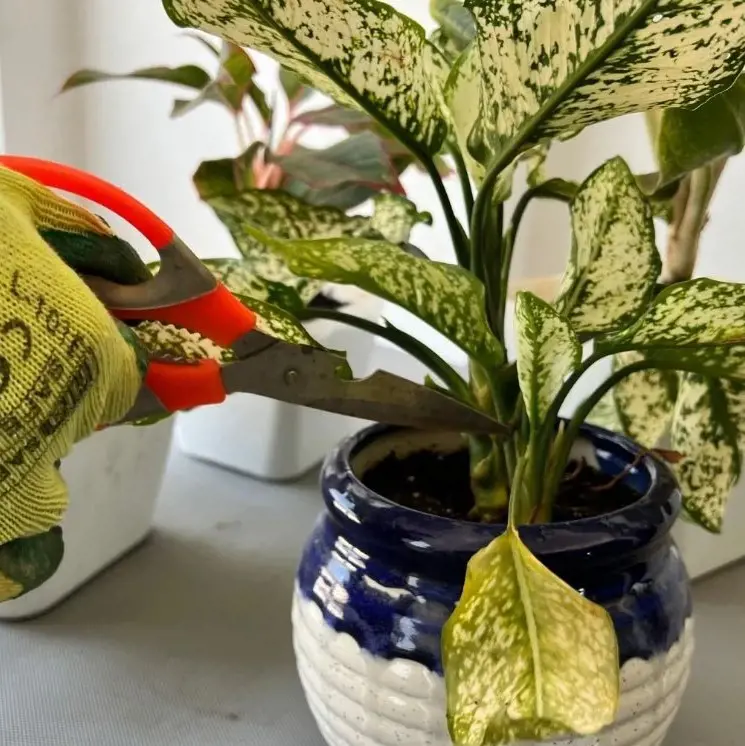
- Use sharp, clean tools: Sterilize your pruning shears or scissors with rubbing alcohol before use to prevent the spread of diseases.
- Identify what to prune: Start by removing dead, diseased, or damaged leaves. You can also trim leggy stems back to a healthy bud or node.
- Make clean cuts: Cut at an angle just above a leaf node or bud, where new growth will emerge. Avoid leaving ragged cuts.
- Don't over-prune: Don't remove more than 1/3 of the plant's foliage at once. This can stress the plant.
How to Grow Aglaonema?
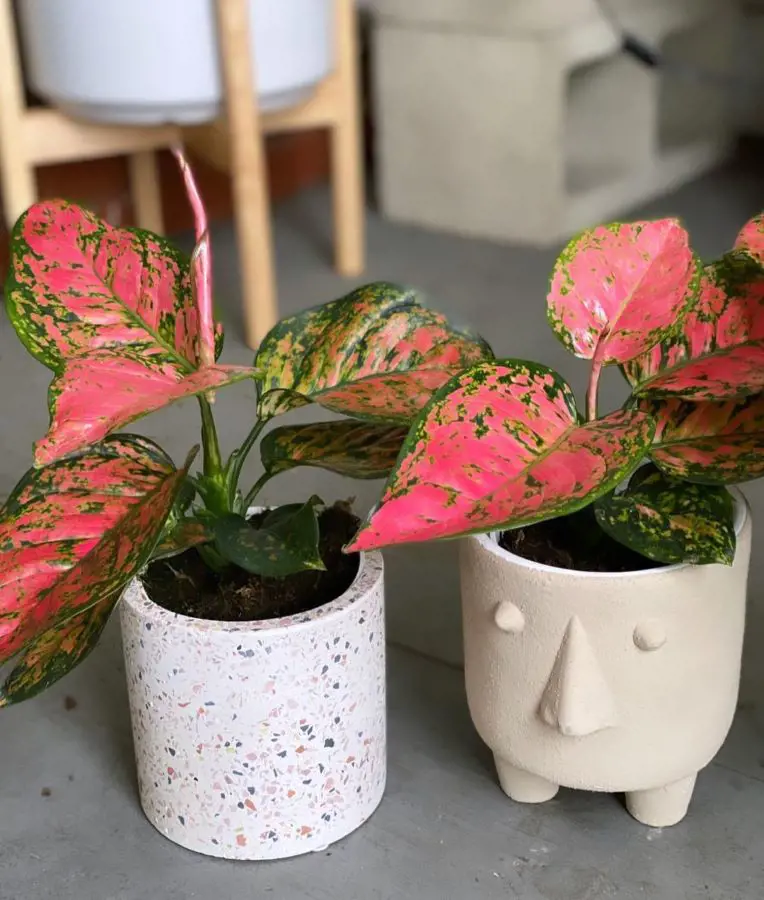
Growing Aglaonema, popularly known as Chinese Evergreen, is a rewarding experience. These beautiful and low-maintenance plants thrive with little effort, making them perfect for both novice and experienced plant enthusiasts. Here are different ways to grow your aglaonema:
Starting with a young plant
This is the most common way to begin your Aglaonema journey. Purchase a healthy plant from a reputable nursery or garden center. Choose one with good foliage color and firm, green stems.
Once you bring your new plant home, check to see if it needs repotting. If the roots are circling the pot tightly, move it to a slightly larger pot with fresh, well-draining potting mix.
Place your Aglaonema in a location with bright, indirect light. Avoid direct sunlight, which can scorch the leaves. East or north-facing windows are ideal.
Propagating from Cuttings
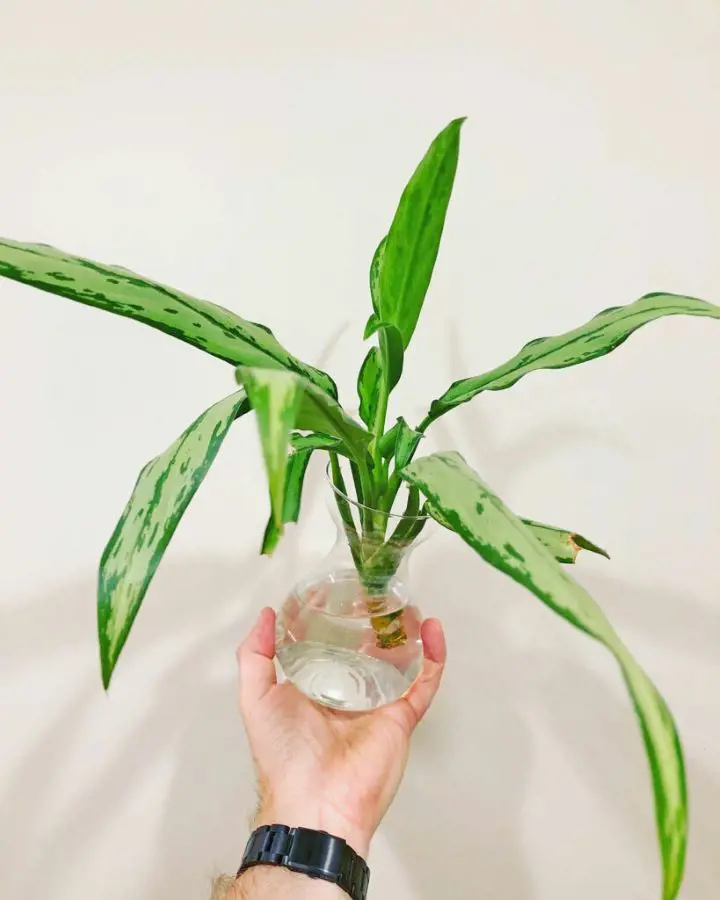
This is a fun and cost-effective way to multiply your existing Aglaonema. Take stem cuttings with at least 2–3 leaves and dip the cut end in rooting hormone (optional). Plant the cutting in a pot with a well-draining mix and maintain humidity while it develops roots.
- Stem cutting method: This involves cutting a healthy stem just below a leaf node, removing lower leaves, and planting it in a pot.
- Division method: If your aglaonema has multiple stems, carefully separate the root ball into divisions, each with healthy roots and at least one stem. Pot each division individually.
- Water propagation method: This less common method involves placing a stem cutting with a leaf node in water and waiting for roots to develop before planting it in soil.
Growing from Seeds (Less Common)
Propagating aglaonema from seeds is less common but achievable. Obtain fresh seeds and sow them in a sterile starting mix under warm, humid conditions. However, be patient, as germination can take months.
Remember, adapting these methods to your specific climate and environment is crucial for success. Observe your plant's response to care and adjust as needed. With a little attention, this low-light plant for dark rooms will thrive and bring its vibrant beauty to your home.
Variety of Aglaonema
The vibrant world of Aglaonema boasts over 200 known species and cultivars, each offering unique foliage patterns and characteristics. Red Aglaonema, Silver Queen, and Emerald Green consistently rank high in popularity due to their vibrant colors, ease of care, and adaptability.
Here's a glimpse into popular varieties:
'Silver Bay'
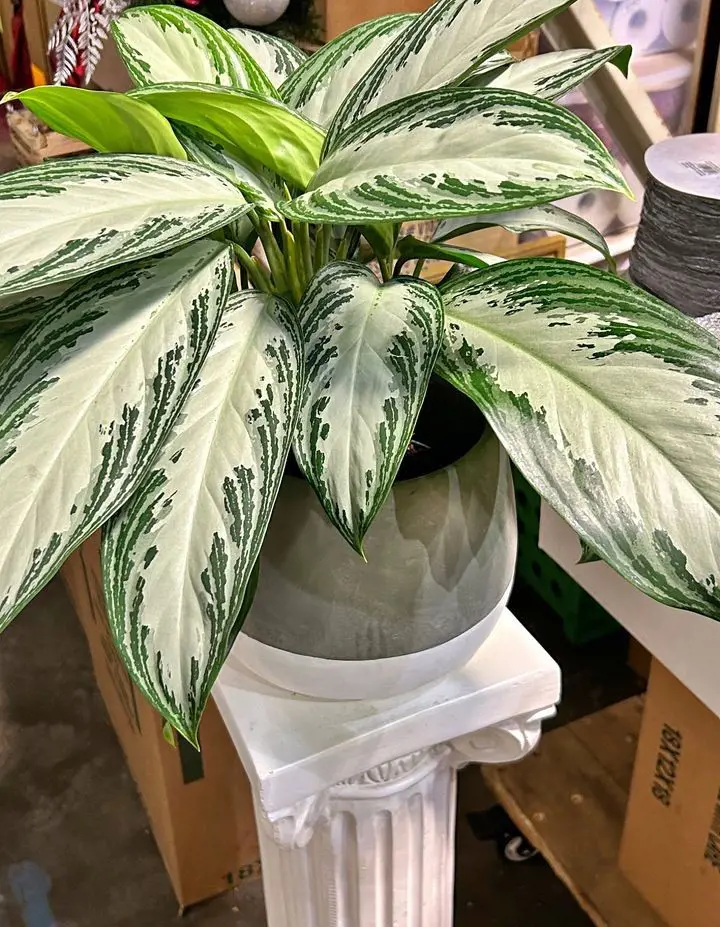
This variety features dark green leaves with silver markings and a silvery sheen. It's known for its striking appearance and is a favorite choice for adding contrast and visual interest to indoor spaces. It's popular across the USA, with consistent demand in California, Florida, and Texas.
'Maria'
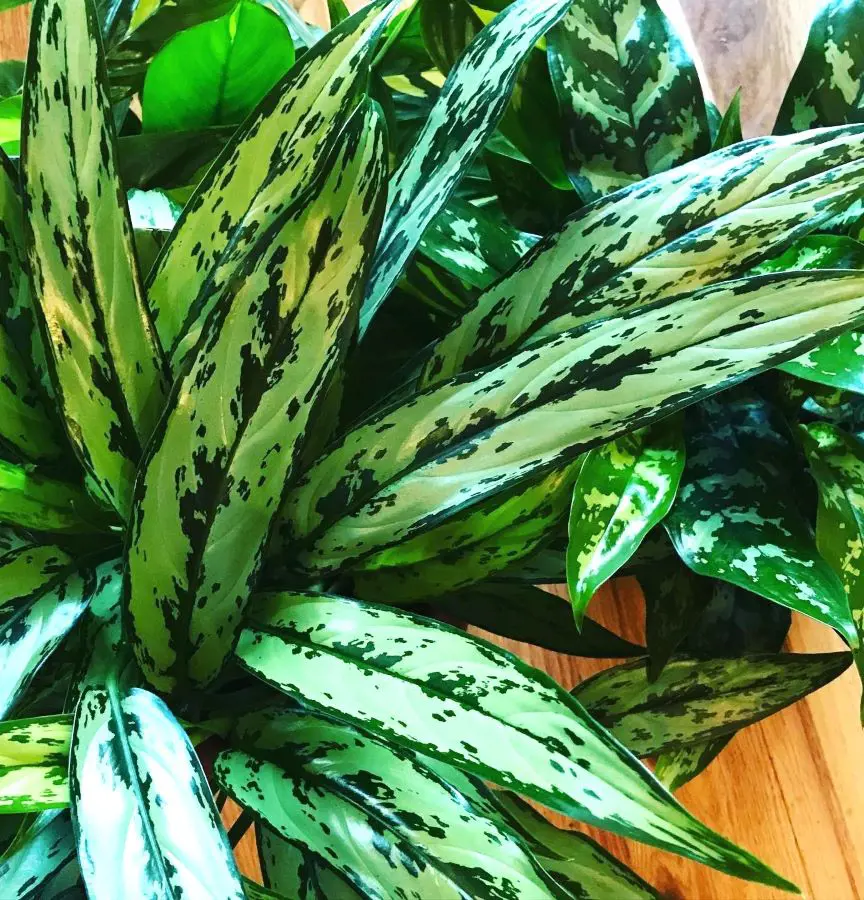
'Maria' is characterized by its broad, dark green leaves accented with bright silver markings. It's a compact variety that thrives in low to medium-light conditions, making it an excellent choice for offices and homes with limited natural light. It's particularly popular in California, Texas, and Florida.
'Red Siam'
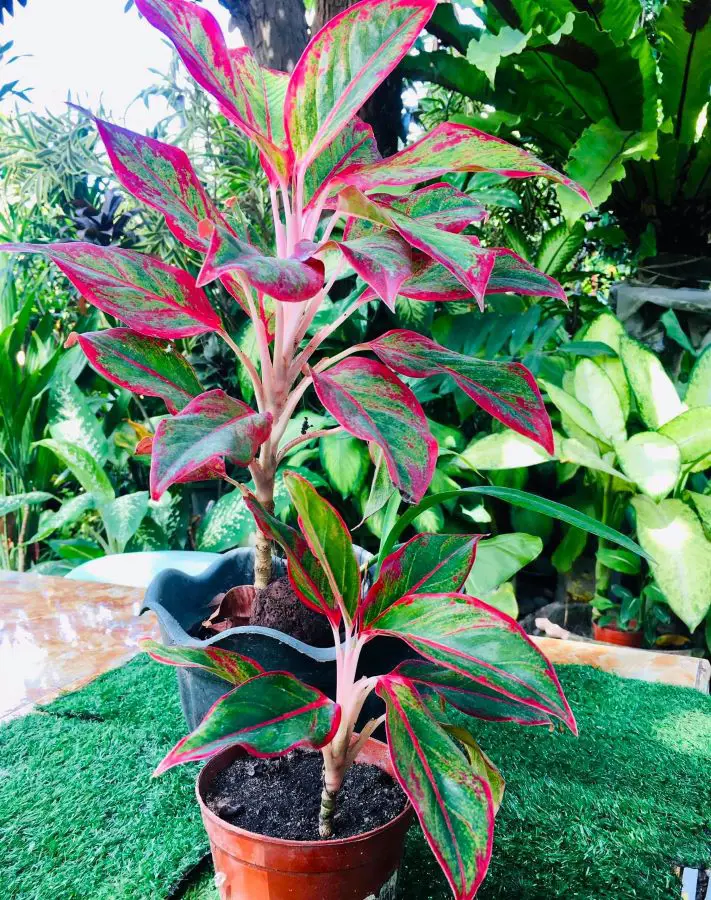
As the name suggests, 'Red Siam' stands out for its vibrant red or pink-tinged foliage, adding a splash of color to any room. It prefers bright, indirect light and moderate humidity to maintain its colorful leaves. It's especially popular in states like New York, Ohio, and Georgia.
'First Diamond'
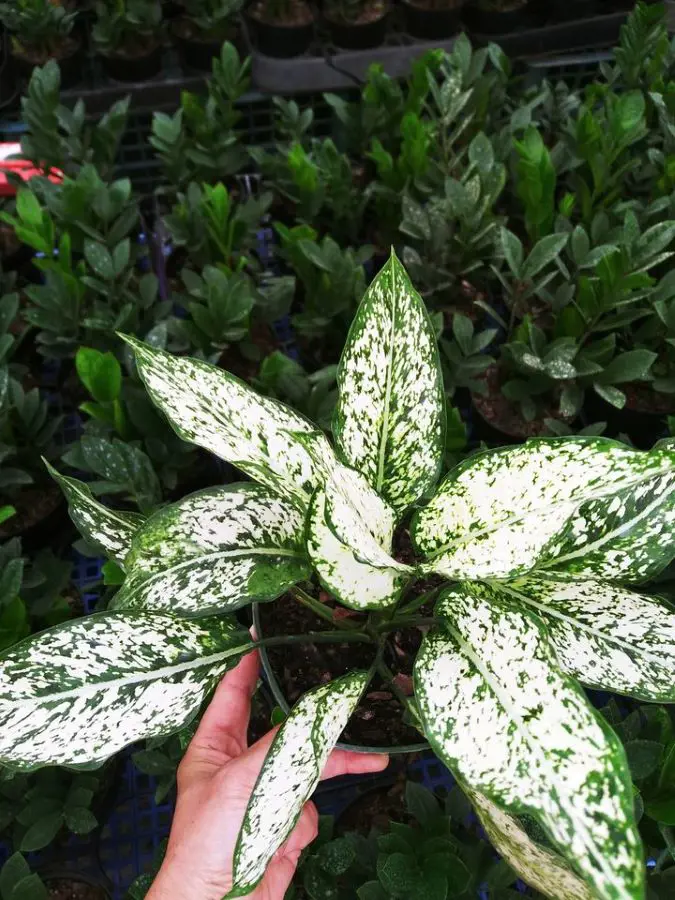
This variety features deep green leaves with striking white veins that resemble diamonds, hence its name. It's prized for its unique foliage pattern and is well-suited for bright, indirect-light environments.
Fixing Usual Aglaonema Issues
Aglaonema, like any houseplant, can encounter various issues that affect its health and appearance. Here's a detailed look at some common problems faced by Aglaonema growers and their solutions:
Yellowing Leaves
Cause: Yellowing leaves can be due to overwatering, underwatering, or exposure to direct sunlight.
Solution:
- Adjust the watering schedule to ensure the soil is evenly moist but not soggy.
- Ensure the plant is placed in bright, indirect light and protected from direct sunlight.
- Trim off any yellowed leaves to prevent the spread of disease.
Brown Tips on Leaves
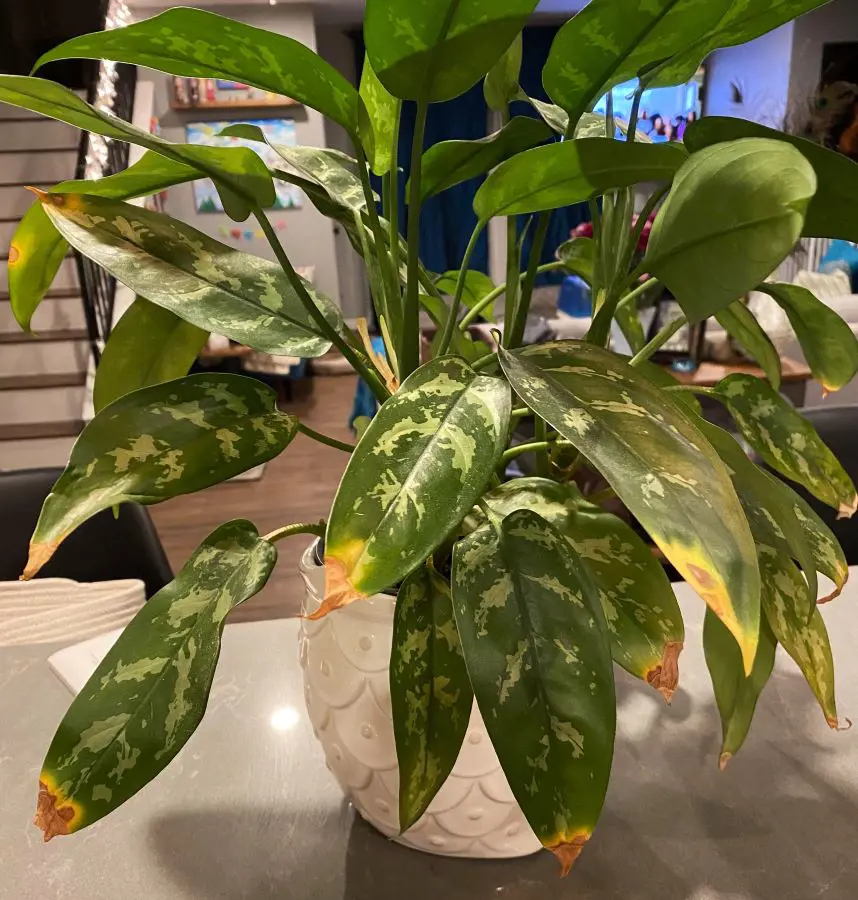
Cause: Brown tips on leaves are often a sign of dry air or inconsistent watering.
Solution:
- Increase humidity levels around the plant by misting the leaves regularly, placing a humidity tray nearby, or using a room humidifier.
- Maintain a consistent watering schedule, ensuring the soil doesn't dry out completely between waterings.
Leaf Browning or Curling
Cause: Leaf browning or curling can result from underwatering, low humidity, or exposure to cold drafts.
Solution:
- Ensure the plant is watered thoroughly when the top inch of soil feels dry.
- Increase humidity levels around the plant, especially during the winter months when indoor air tends to be drier.
- Keep the plant away from cold drafts or heaters.
Also, learn about tomato leaf curling and how to solve it.
Leaf Spots or Yellowing
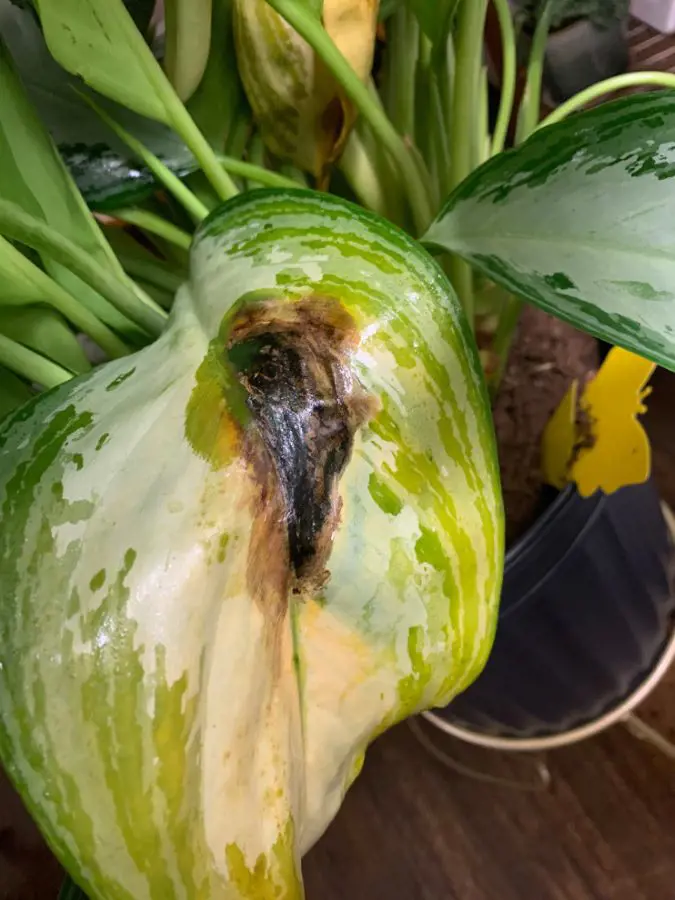
Cause: Leaf spots or yellowing can be caused by fungal or bacterial infections, often due to overwatering or poor air circulation.
Solution:
- Improve air circulation around the plant by placing it in a well-ventilated area.
- Avoid overwatering, and ensure proper drainage to prevent the soil from becoming waterlogged.
- Treat fungal or bacterial infections with appropriate fungicides or bactericides according to the product label.
Recent posts
Plant Care
Plant Care
How To Grow and Care For Peace Lily Plant
The Peace Lily is an indoor plant that is most valued for its beautiful and shiny green leaves as well as the white blooms. Hard and tolerant, it’s naturally a low-maintenance addition to your plant collection. If you are confused, let us tell ...
Plant Care
Pothos Plant Care And Growing Guide
Adding a Pothos plant (Devil’s Ivy) to your home benefits the environment and aesthetic of your personal space. It's easy to maintain and is loved for it's ability to enhance indoor air quality by removing toxins like formaldehyde, benzene, and...
Plant Care
Snake Plant Care and Growing Guide
Snake plants require low maintenance, and low light and are almost impossible to kill, making them a perfect plant for beginners and seasoned gardeners. In this guide, we will explore essential care tips and optimal growing conditions for snake plant...
Plant Care
Orchid Plants Care: 11 Tips And Tricks You Should Follow
If you love gorgeous orchids but are worried they're too high-maintenance, don't worry. This guide is like a cheat sheet for orchid newbies. Forget fancy words and confusing schedules—we're talking about 11 easy tips to keep your orchid happy a...
Plant Care
How To Plant, Grow and Care Majesty Palm
The majestic palm, scientifically known as Ravenea rivularis, makes for a stunning indoor tree with its lush and grand fronds. Originating from Madagascar's river banks, this resilient houseplant is cherished not only for its beauty but also for its ...
Plant Care
How To Grow And Care For A Hosta Plant
Hosta plants are widespread perennials, often grown for their beautiful and diverse foliage. They are extremely easy to care for and can thrive in various conditions, particularly shade or semi-shade. These hardy plants can last for many years and re...
